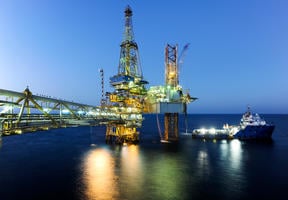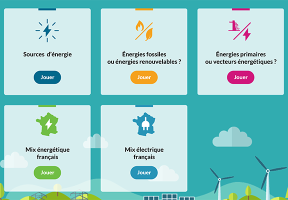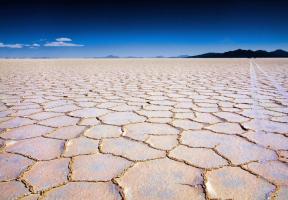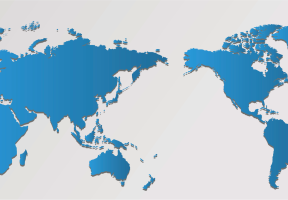Gas pipelines between Europe, Russia and Caucasia
5 min read
Russia is Europe’s main natural gas supplier. In 2021, it provided approximately 45% of European imports. It is followed by Norway (24%), Algeria (11%) and, to a lesser extent, the United Kingdom, the United States and Qatar. Since the end of 2020, Europe has been seeking to increase imports from Azerbaijan on the Caspian sea. Gas is transported mainly in gas pipelines, although deliveries by LNG carriers are on the increase. How is the network organized?
Gas pipelines between Europe, Russia and Caucasia

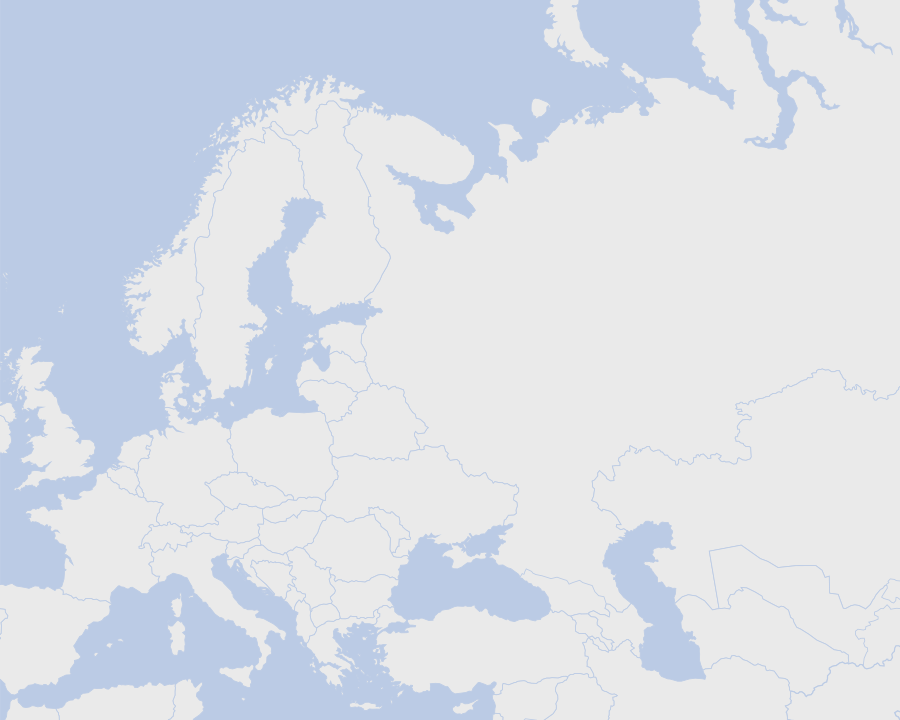









































 BACK TO PIPELINES FROM RUSSIA/CIS
BACK TO PIPELINES FROM RUSSIA/CIS 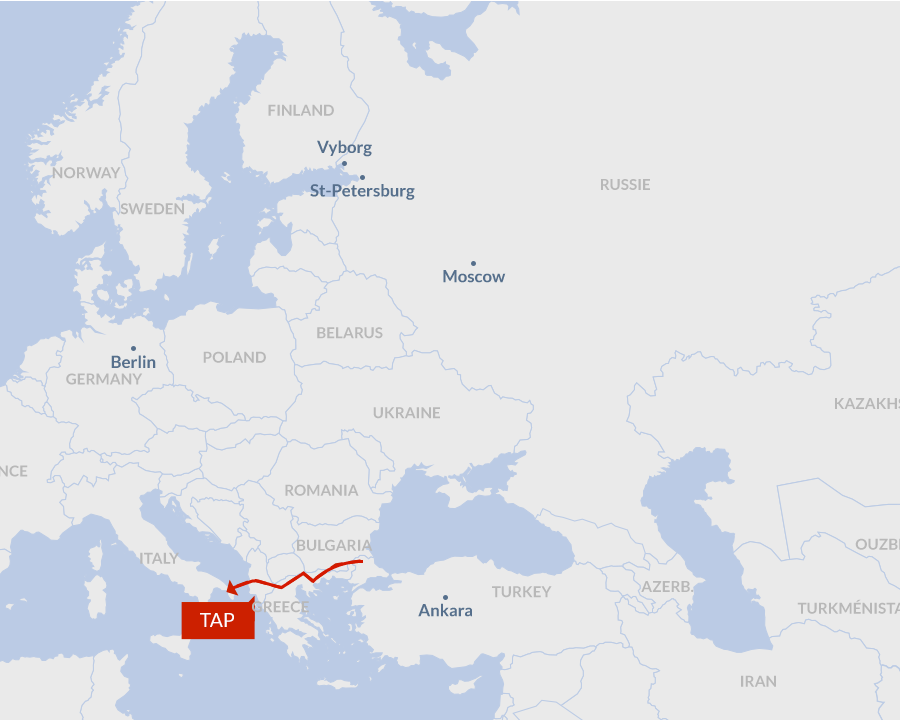
PIPELINE
Capacity : 10 Gm 3 /yr,
doubled later on
Length : 880 km
Origin of gas : Azerbaijan
Route (from Turkey) : Bulgaria - Greece – Albania – Adriatic Sea – Italy
It completes the Southern Gas Corridor, running under the Adriatic Sea to southern Italy.
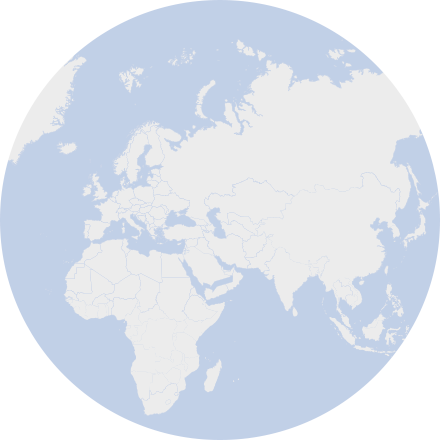

then select a route
Pipeline ; BP ; Natural Gas Europe ; Nord Stream ; South
Stream Transport 5éme Gauche for planete-energies.com
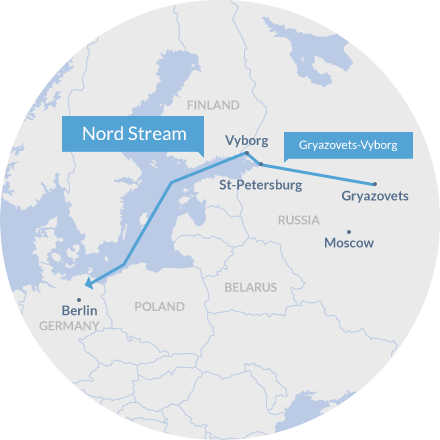

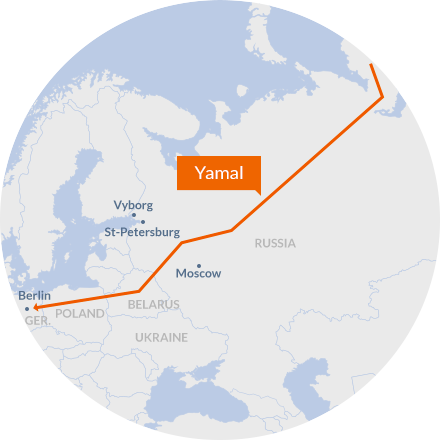

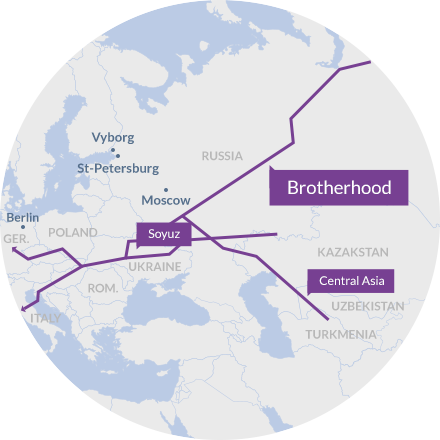

Czech Republic – Germany/Benelux/France and Austria – Italy/Slovenia/Croatia
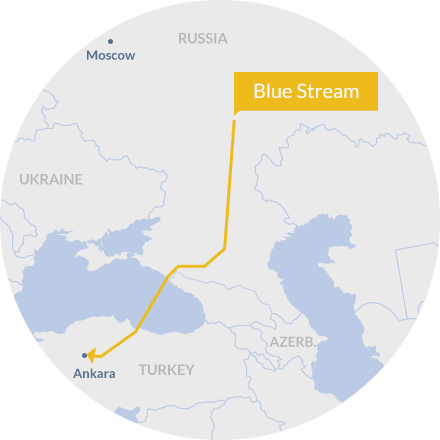

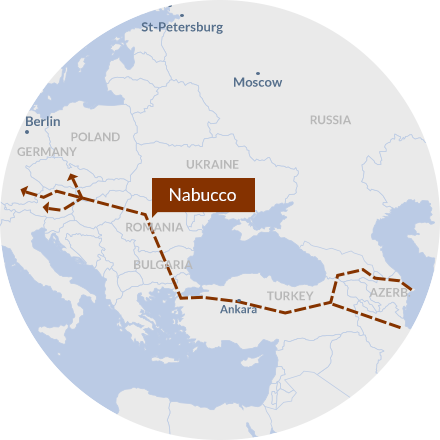

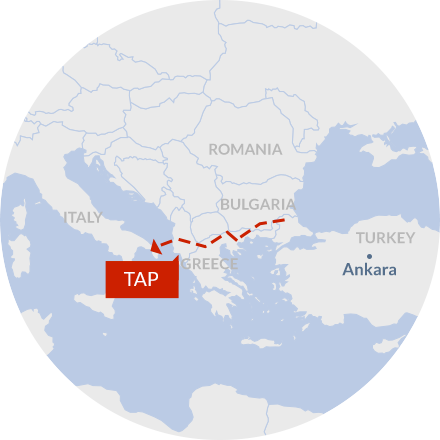

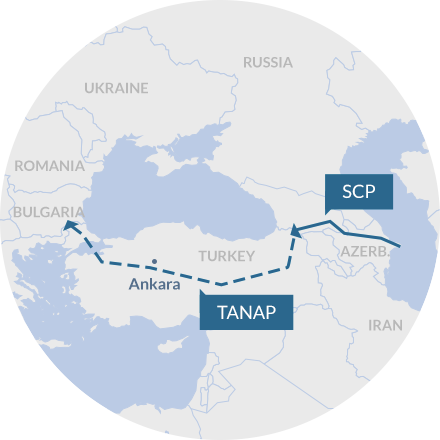



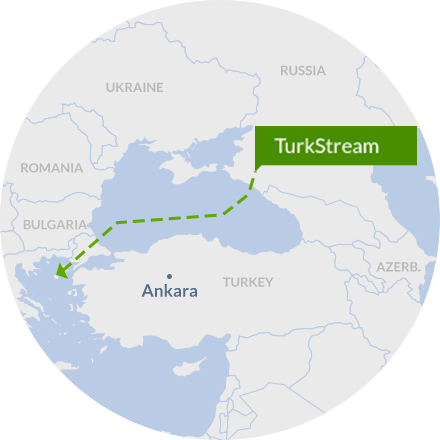

Pipeline ; BP ; Natural Gaz Europe ; Nord Stream ; South
Stream Transport 5éme Gauche for planete-energies.com
To the North
Brotherhood. During the Soviet Union era, 80% of Russian natural gas transited through the Brotherhood (completed by Soyuz), which passes through Ukraine. After the collapse of the U.S.S.R. (1991), the pipeline survived, but frequent tensions between Ukraine and Russia led to a search for alternative routes, both to the north and the south.
Yamal. Located further north, Yamal (4,000 km) passes through Belarus and Poland. Transportation by this route progressively increased until 2006.
Nord Stream. As from 2005, Russia and Germany began the construction of a gas pipeline to link the two countries directly, running under the Baltic sea and bypassing Belarus, Ukraine and Poland. Nord Stream 1 (1,230 km) was inaugurated in 2011. A second pipeline, Nord Stream 2, overtaking the first, has been completed, but commissioning was suspended in 2022 owing to the Russia-Ukraine war.
To the South
Blue Stream – Since 2003, the Blue Stream pipeline (1,213 km - 400 km of which run under the Black Sea), supplies Turkey. Russia was planning on expanding capacity under the Black Sea with the South Stream pipeline, designed to run right to the center of Europe, but abandoned the project at the end of 2014. It was the Nord Stream’s twin, bypassing the Ukraine.
Turk Stream – Russia fell back on a more modest project. In January 2020, it inaugurated Turk Stream, and it was up to European countries to collect the gas at the border between Turkey and Greece.
Toward the Caspian Sea
Nabucco - the European Union had for some time entertained the idea of building a lengthy pipeline, which would link up with natural gas-producing countries around the Caspian Sea, and even Iran. It began in 2002, to relieve the dependency on Russian gas, but its construction is currently bogged down. It has been replaced by the Southern Gas Corridor, comprising a further three gas pipelines.
SCP (South Caucasus Pipeline) – 692 km long, it links Azerbaijan to Turkey, and runs through Georgia.
TANAP (Trans-Anatolian Natural Gas Pipeline). It carries gas from the Caspian Sea through Turkey to Europe.
TAP (Trans Adriatic Pipeline) – Opened at the end of 2020, and 878 km long, it completes the Southern Gas Corridor, crossing through Bulgaria, Greece, Albania and the Adriatic Sea, before reaching Southern Italy. Azerbaijan to send gas to Europe at the end of 2021.

